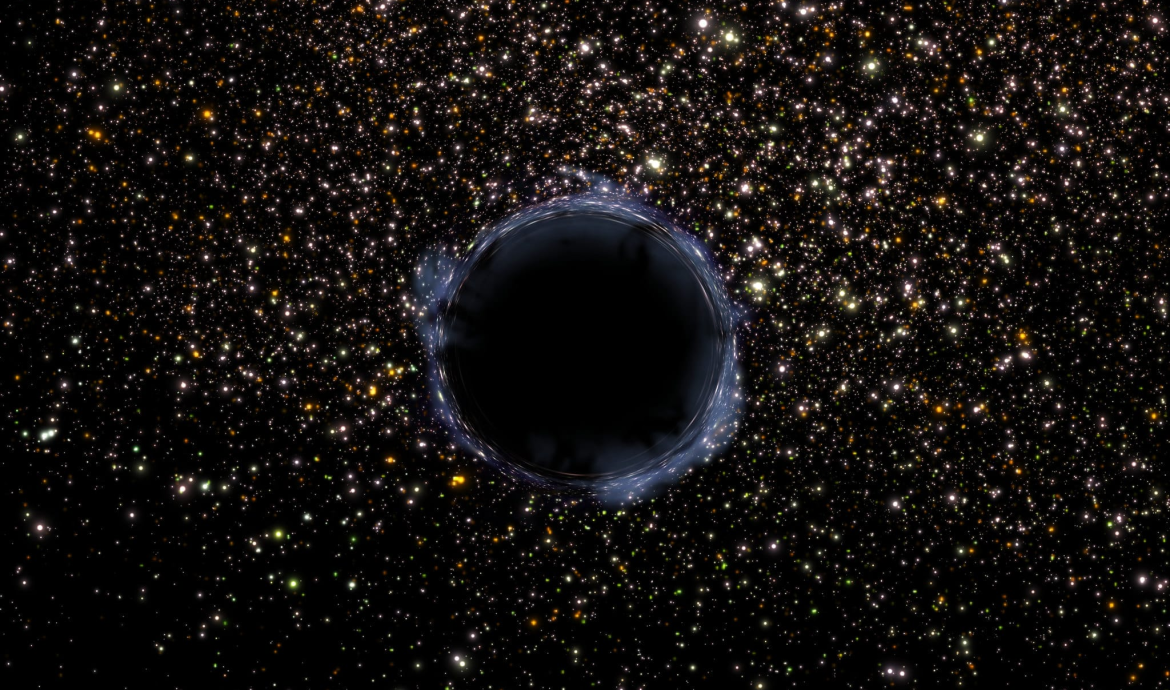
The Event Horizon Telescope, a collaboration of radio telescopes around the world working in unison to capture images of supermassive black holes, has just achieved its best picture yet. This new development could pave the way for images of the ring of light around a black hole that are an impressive 50 percent sharper.
This advancement could allow us to see previously unseen details of black holes and potentially even produce footage of these massive phenomena.
So, how does the Event Horizon Telescope manage to capture these images? In principle, the telescope works using very long baseline interferometry. This process involves connecting a network of telescopes worldwide, all observing the same object in space. The network then combines data and operates under two key principles.
The first principle is that the greater the distance between the two farthest telescopes in the network, the better the image resolution. The EHT has implemented this effectively, with its southernmost telescope at the South Pole and its northernmost at the Greenland Telescope.
The Event Horizon Telescope managed to capture the black hole in the center of our Milky Way Galaxy
The black hole, known as Sagittarius A*, at the center of our galaxy was captured by the Event Horizon Telescope for the first time. However, this is not the only black hole that the EHT has imaged.
The telescope also managed to capture images of the black hole at the center of the elliptical galaxy M87, making these the first two black holes ever photographed by humanity.
But how exactly did the Event Horizon Telescope achieve this? As previously mentioned, the telescopes are located at the South Pole and in Greenland, allowing the network to cover the planet from top to bottom.
This was not the only factor that contributed to the imaging of the two black holes. The images were captured at a radio wavelength of 1.3 mm. At this wavelength, the so-called “photon ring” of the black hole appears blurred, as seen in the case of Sagittarius A*, where the photon ring was observed around the black hole’s circumference as a dark shadow.

The EHT will receive upgrades soon
The Event Horizon Telescope was able to capture these historic images thanks to its ability to operate at shorter wavelengths, but this is not the only upgrade the telescope will receive shortly.
Plans are underway for a major series of modifications to the Event Horizon Telescope through a program called the “next-generation EHT.” This program aims to add new telescopes to the already extensive EHT network at locations around the world that will optimize the distance between telescopes and improve wavelength sensitivity.
The next generation of the Event Horizon Telescope is expected to produce images that are 10 times sharper than the ones currently available. Scientists believe these improvements could even enable the telescope to capture footage of the photon ring around the black hole over time.
